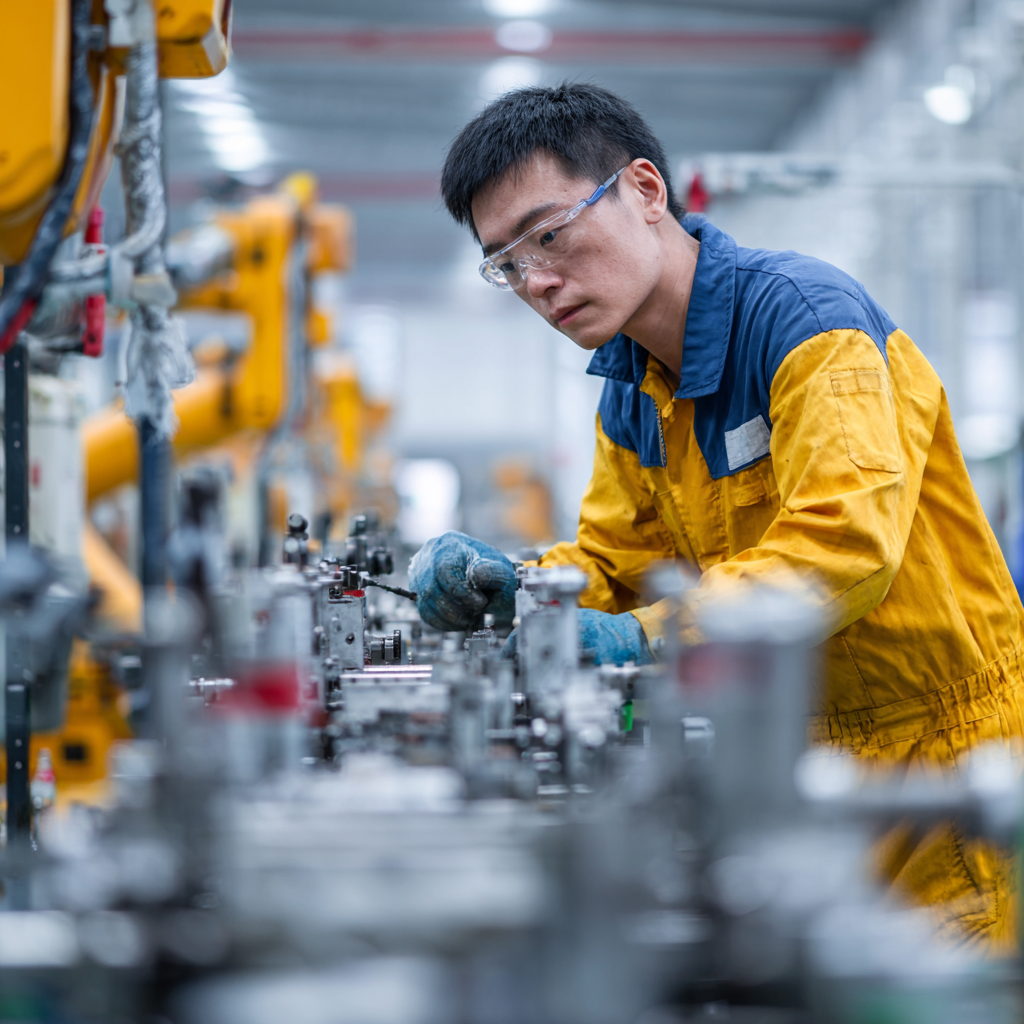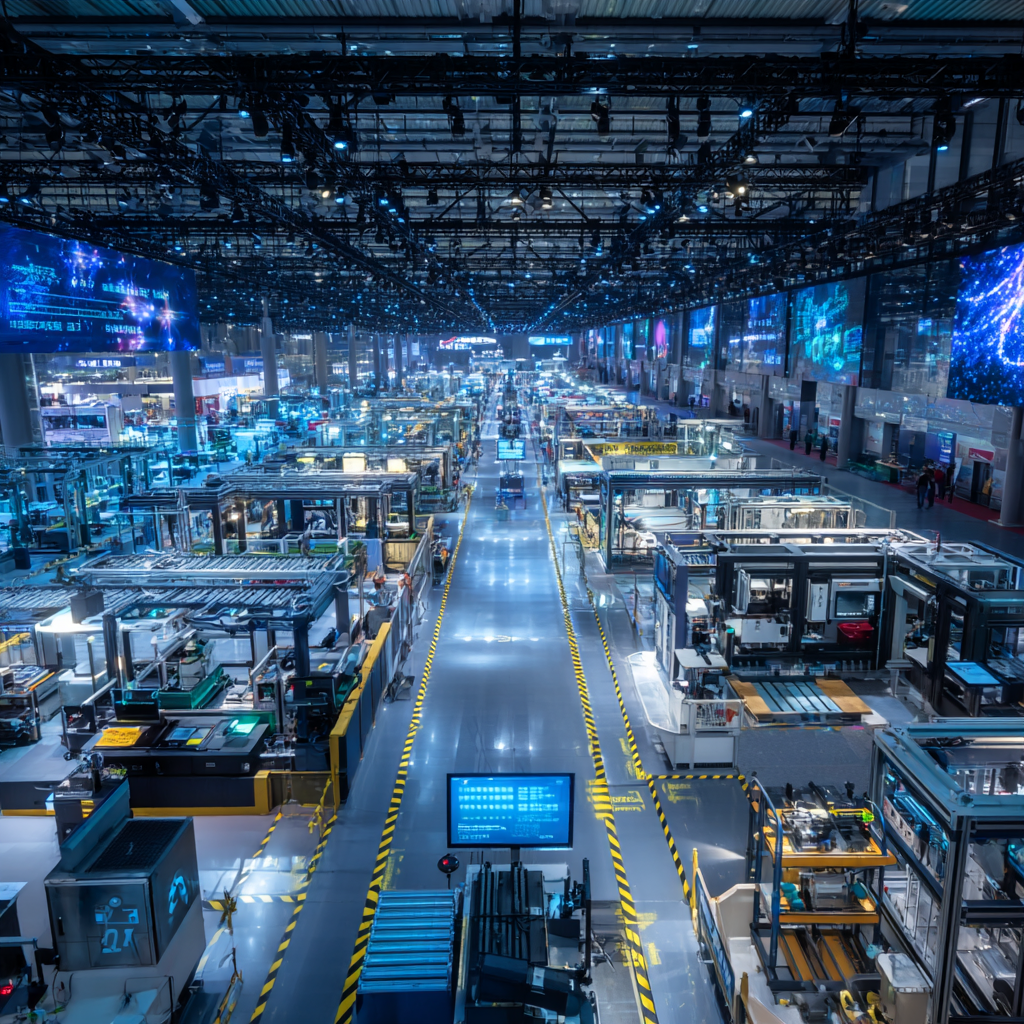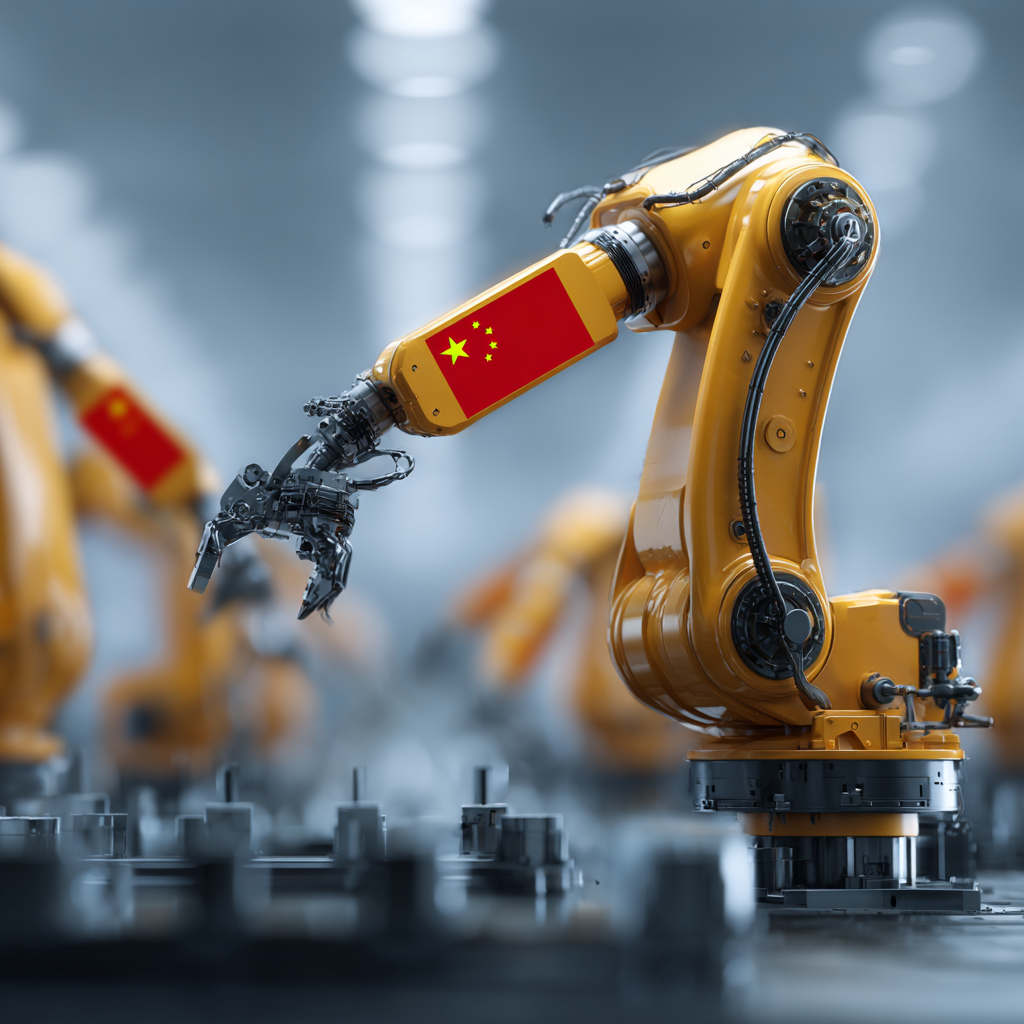


As we stand on the verge of a new decade, the landscape of global manufacturing is rapidly evolving, with China at the forefront of these transformative trends. A recent report from McKinsey indicates that China's manufacturing sector is expected to grow at a compound annual growth rate of 6.5% by 2025, reflecting the nation's commitment to innovation and sustainability. With heightened investments in advanced automation and smart technologies, the country is reshaping its manufacturing capabilities, making it a vital partner for global enterprises seeking efficiency and quality. Furthermore, according to the China Manufacturing Purchasing Managers' Index (PMI), the sector continues to show resilience, currently positioned above the critical expansion threshold of 50. This blog will explore the key manufacturing trends emerging in China, and how they not only enhance production processes but also drive global collaboration, establishing China as a premier choice for quality manufacturing in the years ahead.

As we look towards 2025, several key technological innovations are set to reshape China's manufacturing landscape significantly. One of the most impactful trends is the integration of artificial intelligence (AI) and machine learning into production processes. These technologies are not only optimizing operational efficiency but also enabling predictive maintenance and quality control, leading to reduced downtime and enhanced product reliability. With AI-driven analytics, manufacturers can anticipate market demands more accurately, streamlining production schedules and minimizing waste.
Another critical innovation transforming the sector is the rise of smart factories, characterized by advanced automation, IoT connectivity, and robotics. These smart facilities not only enhance operational flexibility but also improve the overall scalability of production. By harnessing real-time data, manufacturers can respond rapidly to changing consumer preferences, ensuring they stay competitive in an ever-evolving market. Additionally, the adoption of digital twins enables businesses to simulate manufacturing processes, facilitating better planning and innovation while reducing risks associated with new product development. As these technologies evolve, they promise to unlock new levels of productivity and creativity in China's manufacturing sector.
As we look toward 2025, the landscape of China’s manufacturing sector is increasingly shaped by the imperative of sustainability. The traditional model, driven by sheer output, is giving way to practices that prioritize environmental responsibility. Companies are now focusing on reducing carbon footprints, optimizing resource usage, and minimizing waste throughout the production process. This shift not only appeals to eco-conscious consumers but also aligns with global efforts to combat climate change, positioning China as a leader in sustainable manufacturing practices.

Moreover, technological advancements are facilitating this evolution. From smart factories powered by the Internet of Things (IoT) to the integration of artificial intelligence (AI) for efficient energy management, manufacturers are leveraging innovation to enhance sustainability. For example, the adoption of renewable energy sources and energy-efficient machinery not only reduces greenhouse gas emissions but also leads to cost savings in the long run. As more businesses commit to sustainability, the pressure mounts on suppliers to adopt greener practices, creating a ripple effect throughout the supply chain and driving the entire industry towards a more sustainable future.
Smart factories represent a transformative shift in China's manufacturing landscape, poised to enhance production efficiency significantly by 2025. The integration of advanced technologies such as the Internet of Things (IoT), artificial intelligence (AI), and robotics is driving this evolution. According to a report from McKinsey, factories that implement smart technology can expect a 30% increase in productivity and a 20% reduction in operational costs. This shift not only streamlines operations but also leads to better resource management, which is essential for maintaining competitiveness in an increasingly globalized market.
To thrive in this emerging landscape, manufacturers should invest in IoT capabilities that enable real-time data analysis. By adopting predictive maintenance strategies, companies can reduce downtime and improve machinery longevity. Additionally, integrating AI-powered analytics can provide insights into production processes, allowing manufacturers to make data-driven decisions.
As companies transition to smart manufacturing, creating a culture of continuous improvement is vital. Encouraging ongoing training and development for employees will ensure that teams are equipped to utilize new technologies effectively. Emphasizing collaborative innovation can foster an environment where workers are motivated to contribute ideas that enhance operational efficiency and address challenges proactively.

As we look towards 2025, several emerging supply chain trends are set to significantly reshape China's manufacturing landscape. One of the most noteworthy developments is the increasing integration of digital technologies. Companies are adopting advanced data analytics and artificial intelligence to streamline operations and enhance decision-making processes. This shift not only leads to greater efficiency but also fosters a more agile supply chain capable of quickly responding to changing market demands.
Another key trend is the focus on sustainability and green manufacturing practices. As global awareness of environmental issues rises, Chinese manufacturers are prioritizing eco-friendly materials and energy-efficient processes. This transition is driven by both consumer demand for sustainable products and government policies aimed at reducing carbon footprints. Adopting circular economy principles, where waste is minimized and resources are reused, is becoming a vital aspect of manufacturing strategies in China, ensuring that businesses remain competitive while also caring for the planet.
As we look towards 2025, the landscape of China's manufacturing sector is set to transform, heavily influenced by government policies designed to bolster growth. The Chinese government has been implementing strategic initiatives aimed at enhancing competitiveness, such as technological innovation funds and subsidies for green manufacturing. These policies are not only addressing the need for higher efficiency but are also aligning with global sustainability goals, positioning China as a leader in environmentally friendly production.
To stay ahead in this evolving market, companies should consider leveraging government incentives. This could include applying for grants or tax breaks intended for manufacturers that adopt sustainable practices or invest in advanced technologies. Moreover, businesses should regularly monitor policy changes to adapt their strategies accordingly.
In addition, fostering collaboration with local government agencies can provide invaluable insights into regulatory frameworks and upcoming initiatives. Engaging in public-private partnerships can also amplify competitive advantages, enabling manufacturers to navigate the complex landscape of policies effectively and capitalize on growth opportunities as they emerge.